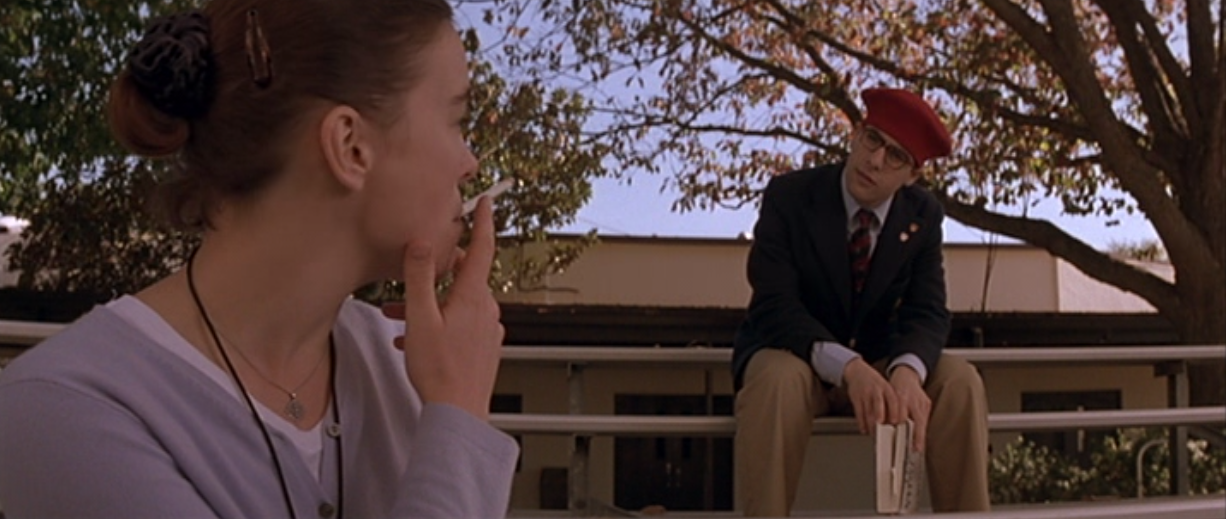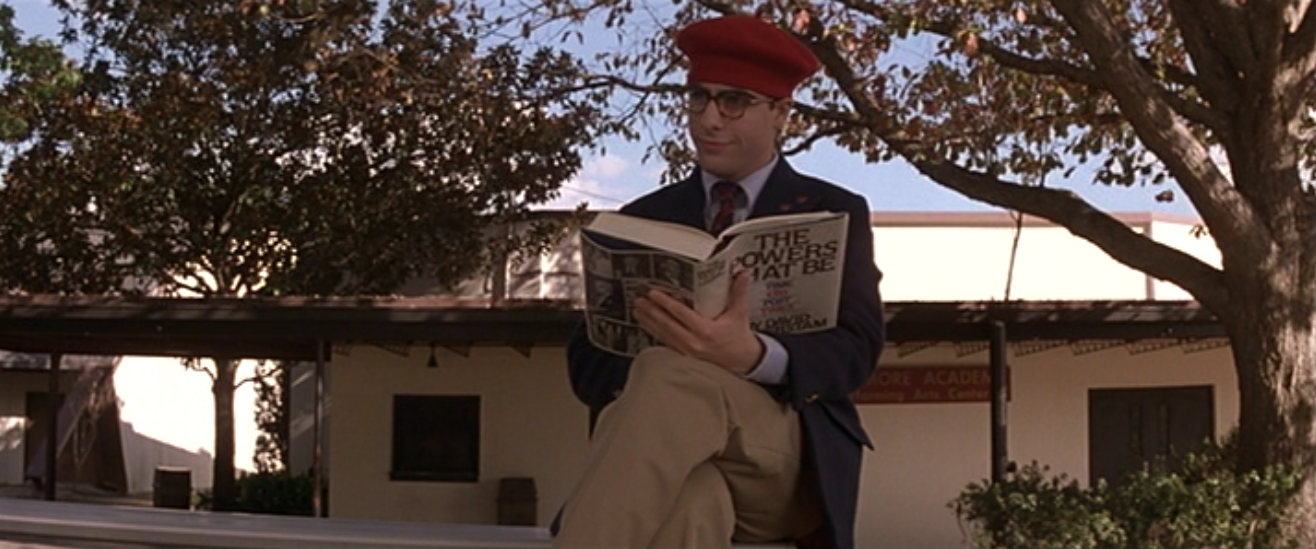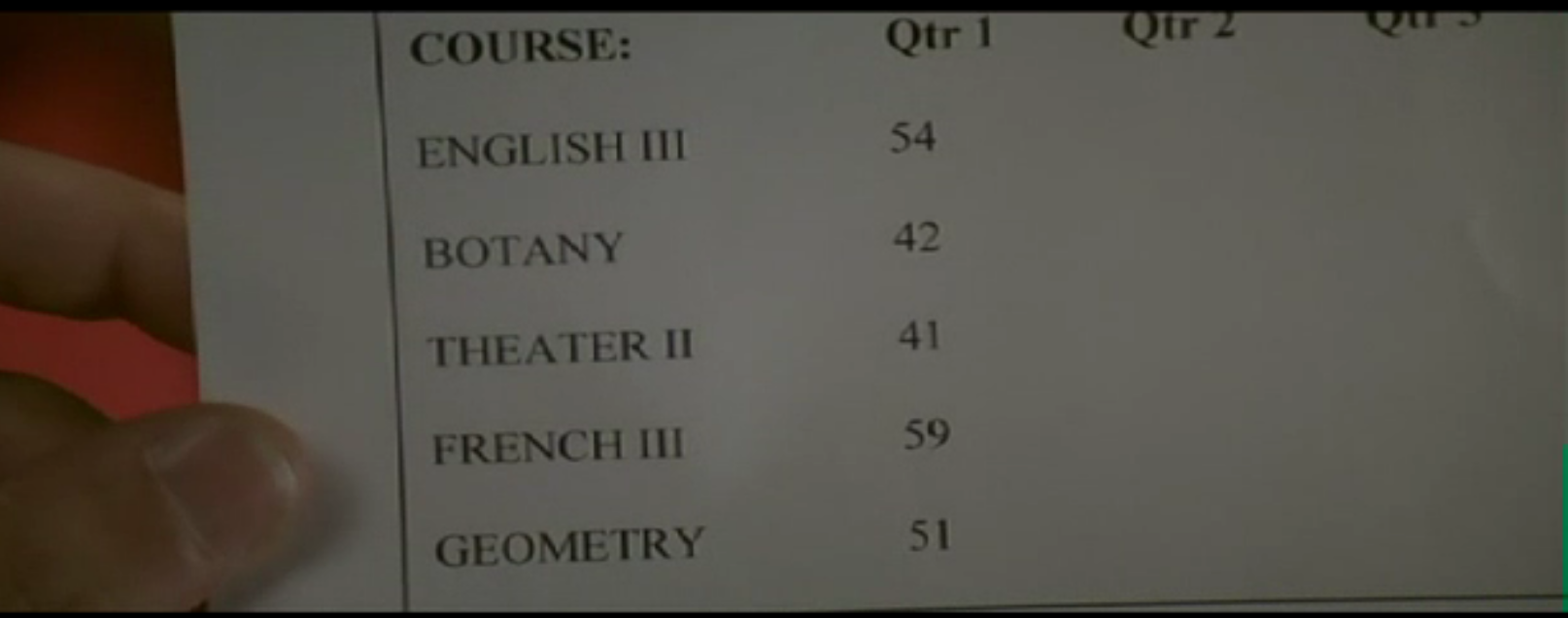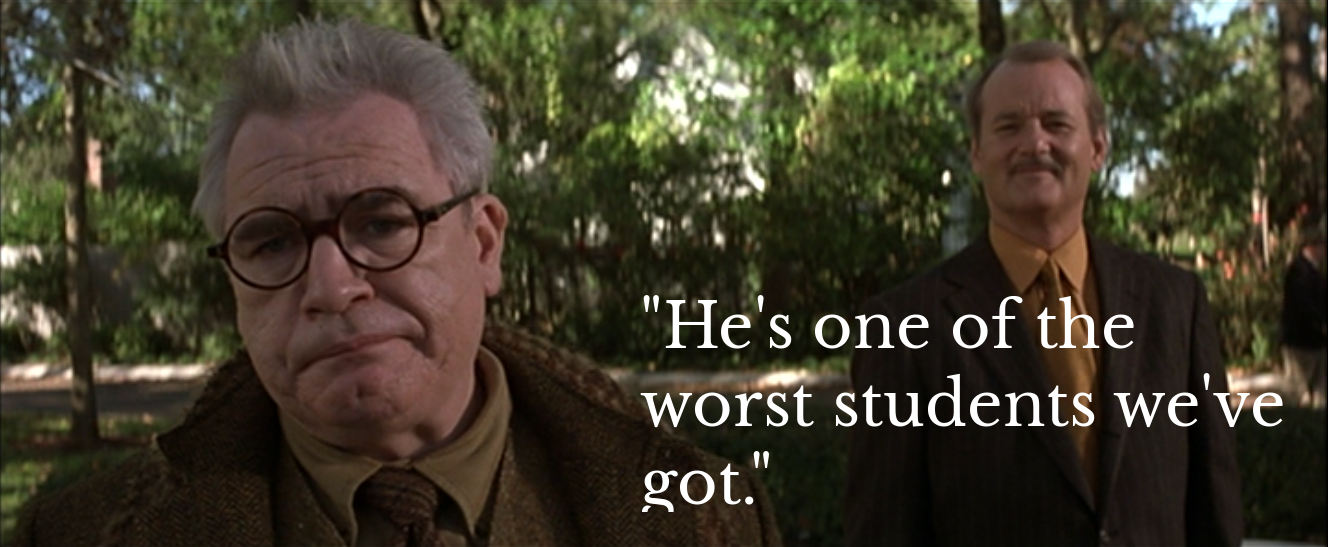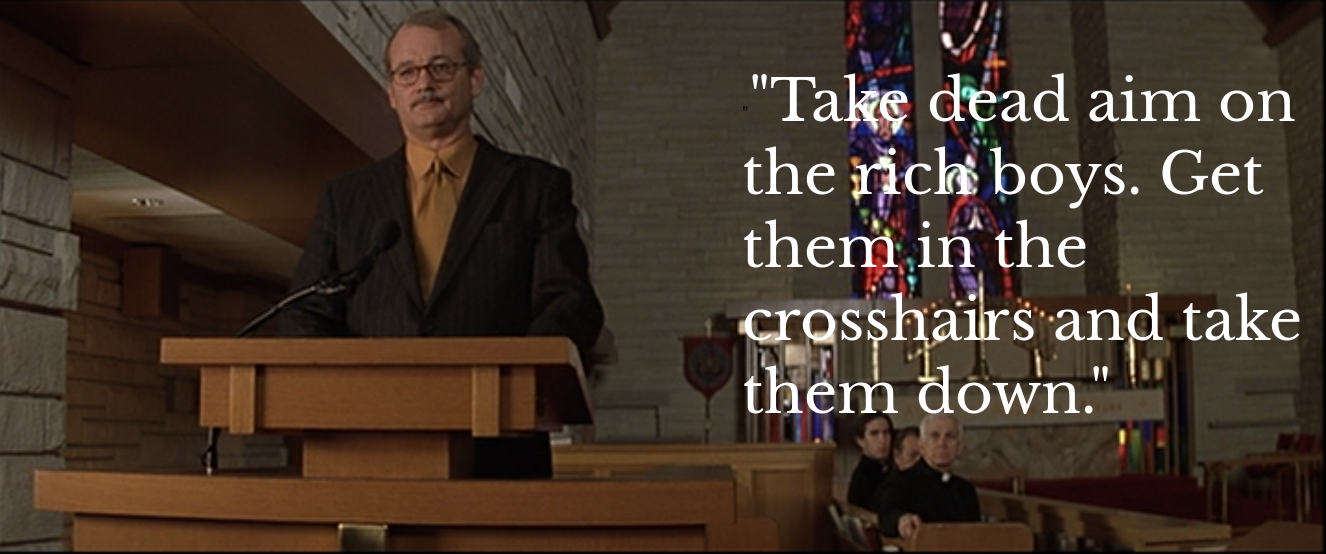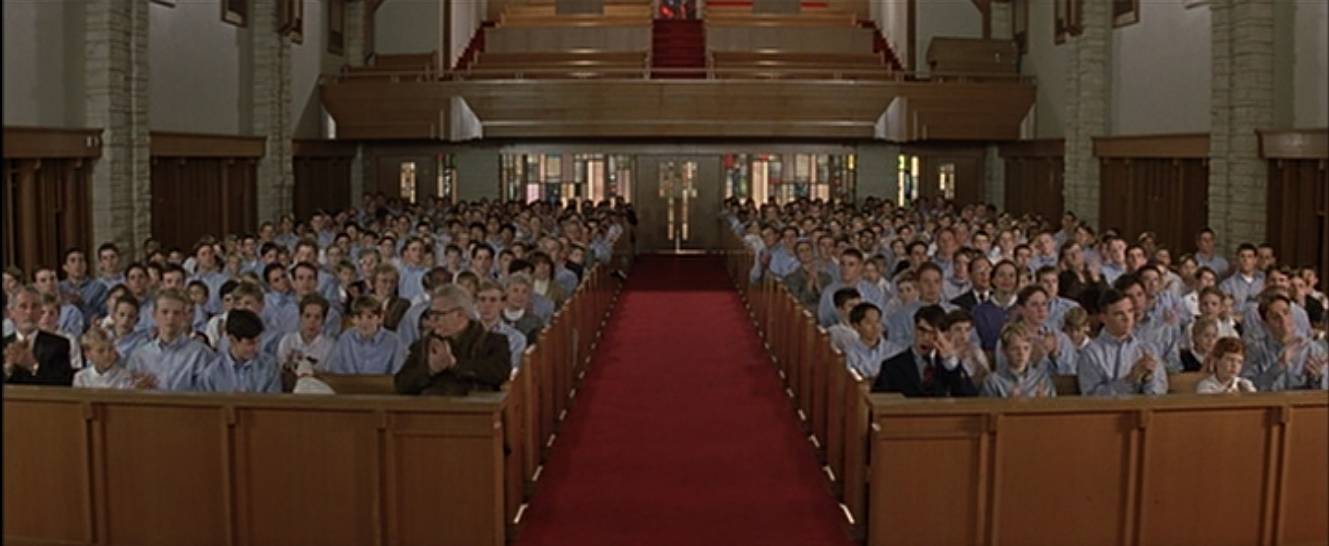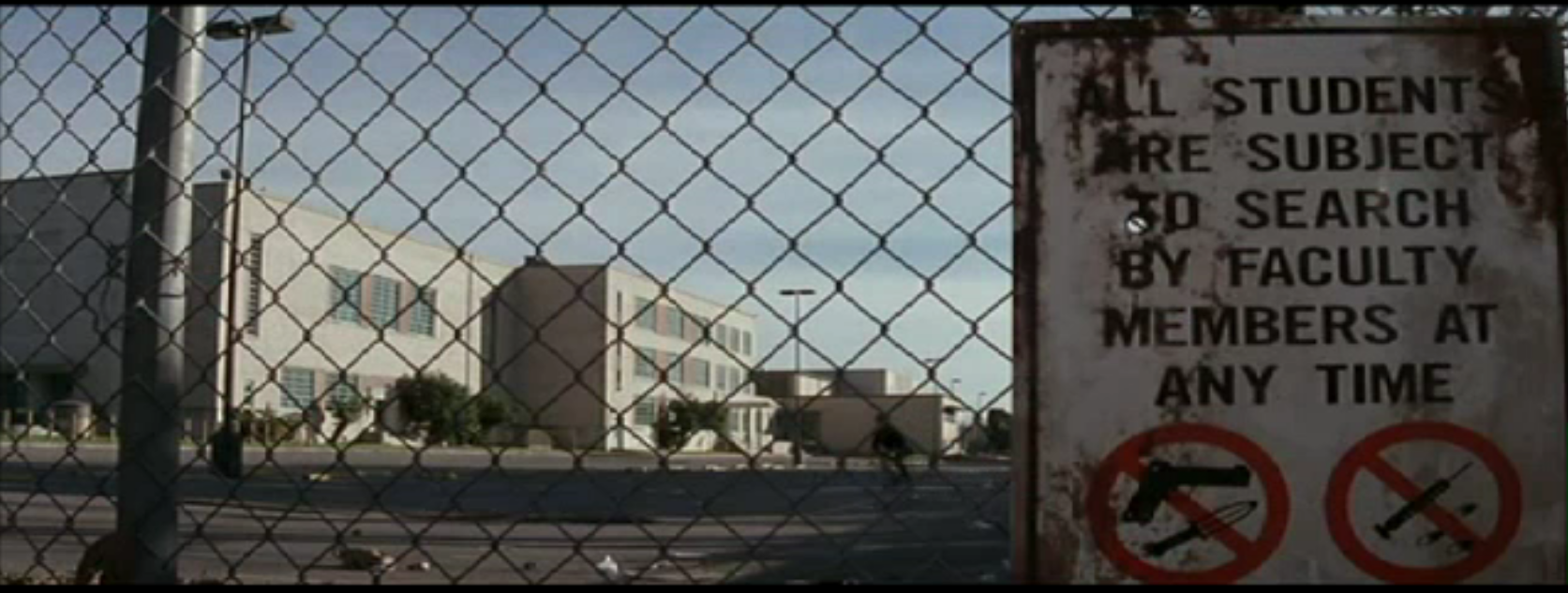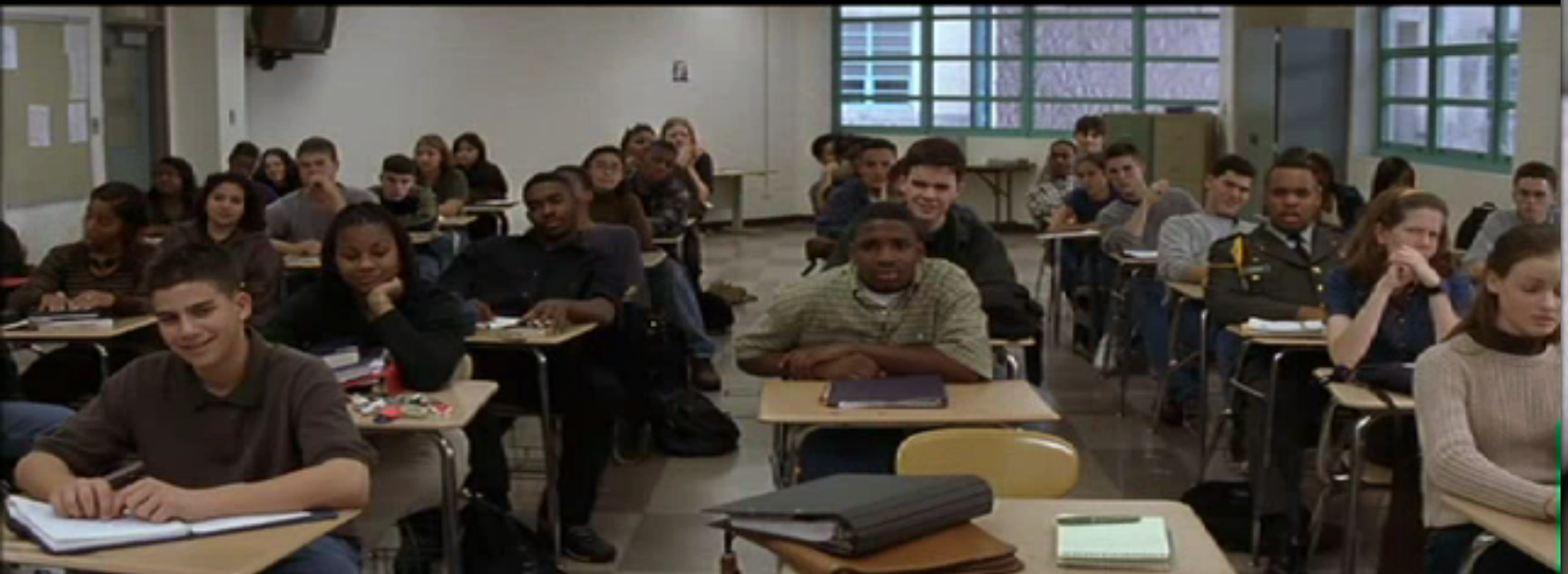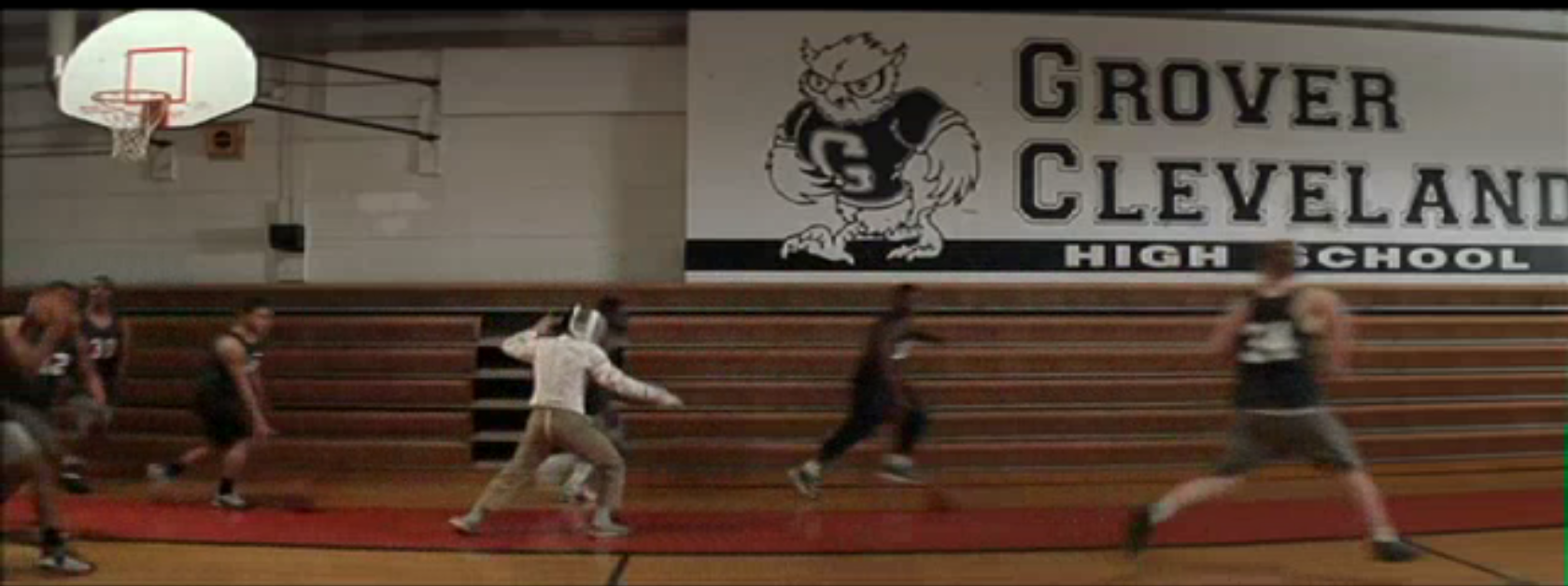Essay 3
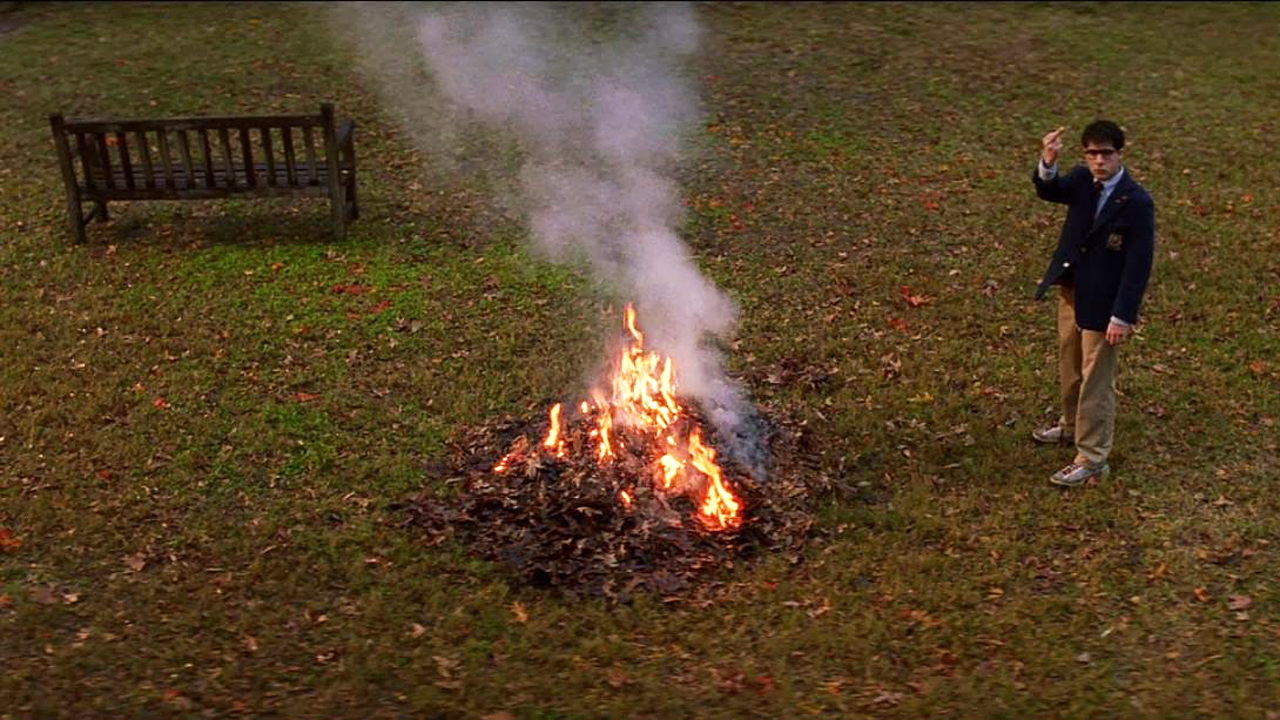
Close Reading
In our final essay, we’ll analyze the film Rushmore. Your essay won’t provide a mere summary of the obvious content of the film, such as the plot details; instead, you’ll dig deeper and make an argument about what various aspects of the film signify, and how they collectively produce meaning.
Your essay should take the form of a close reading.
Close reading is a method of manifesting or evincing interpretation. Like a math teacher who insists that you “show your work” as you solve an arithmetic problem, close reading is “showing the work” of reading or interpretation to your audience. It is an effort to explain to your readers what a text means using only the text as evidence and defense.
Although it may sound odd, it will be helpful to consider film as being like a text: a complex arrangement of discrete signifiers orchestrated to create something intelligible, meaningful, interpretable. The process of reading a film is very much like our approach when reading an article or book. If we imagine that every aspect of the film was a choice by the filmmaker(s), what do these choices add up to? Consider the effects that these choices have on what may, or may not, be said or argued about the film. If we consider all of these various aspects of the film as evidence, what argument(s) do they support? Is there a particular interpretation that you believe best unites all of these disparate aspects into a plausible explanation? If not, what do you make of those recalcitrant features that you can’t seem to fit into your theory about the text?
Two important principles should guide our efforts to decode the text: first, when we say that the film’s various features have been orchestrated by its creator(s), we should resist the notion that there is therefore only one “right” or “correct” answer to its meaning; secondly, although we are free to interpret the text before us as we choose, not every argument may be reasonably supported by it. This leaves us in a rhetorical situation—a space where we must defend our reading of the text to our audience using argumentation and by marshaling evidence drawn from the text itself.
We frequently have a certain interpretive context in mind when we approach a text or artifact for close reading. While there are innumerable ways to view this particular film, we will examine it within the interpretive context of our conversation about education. What does the film have to say about the purpose and experience of education? Its disciplinary effects? Our relationship to its various authorities (people, institutions, knowledge, texts)? Are there certain scenes that seem to stand out as contributions to, or extensions of, our prior conversations? How might we string several of these scenes together to create a “reading” or interpretation of the film’s global meaning(s) that accords with the interpretive context of our class?
Since film is a visual medium, the evidence we cite to support our arguments may involve things like costuming, lighting, camera angles, framing, editing, lens choice, perspective, blocking (how the actors move about in space), color, sound, music, performance, etc. How do these components of the text work together to produce the meaning we detect?
Keep in mind that a close reading should not be impressionistic (‘This film sucks!’ or ‘I love it!’); or evaluative (‘This idea is important’); instead, it should focus simply on explaining to your audience what the the text (or some part of it) means by meticulously pointing to how it is constructed to produce the meaning you observe.
We’ll begin this essay by working as a class to identify aspects of this film that seem like good targets for our close analysis. We’ll make a list of these scenes in a shared document, and include the timestamp for when they begin.
Use the Essay 3 shared document to dialogue and share ideas
Use the MLA format
Analyzing Visual Media
Need Help Close Reading Film?
| Here’s a great explainer that will help you become an insufferable cinéaste know-it-all who tells people at parties what their favorite movies are really about.
When we analyze a film, we can do much more than merely discuss the narrative arc or the dialogue. The movie is a visual medium, so how do the visual elements help to convey meaning? Costuming, gestures, body positioning, props, camera angles, lighting, framing, etc. help to construct a mood and provide an opportunity for interpretation or analysis. In short, the film is a text. And when we write about film, we pay attention to how it is constructed to produce these effects by performing “close readings” in our analysis. Let’s practice a bit by close reading one or more of these stills in class:Workshop: Analyzing Visual Media
Stills from Rushmore
